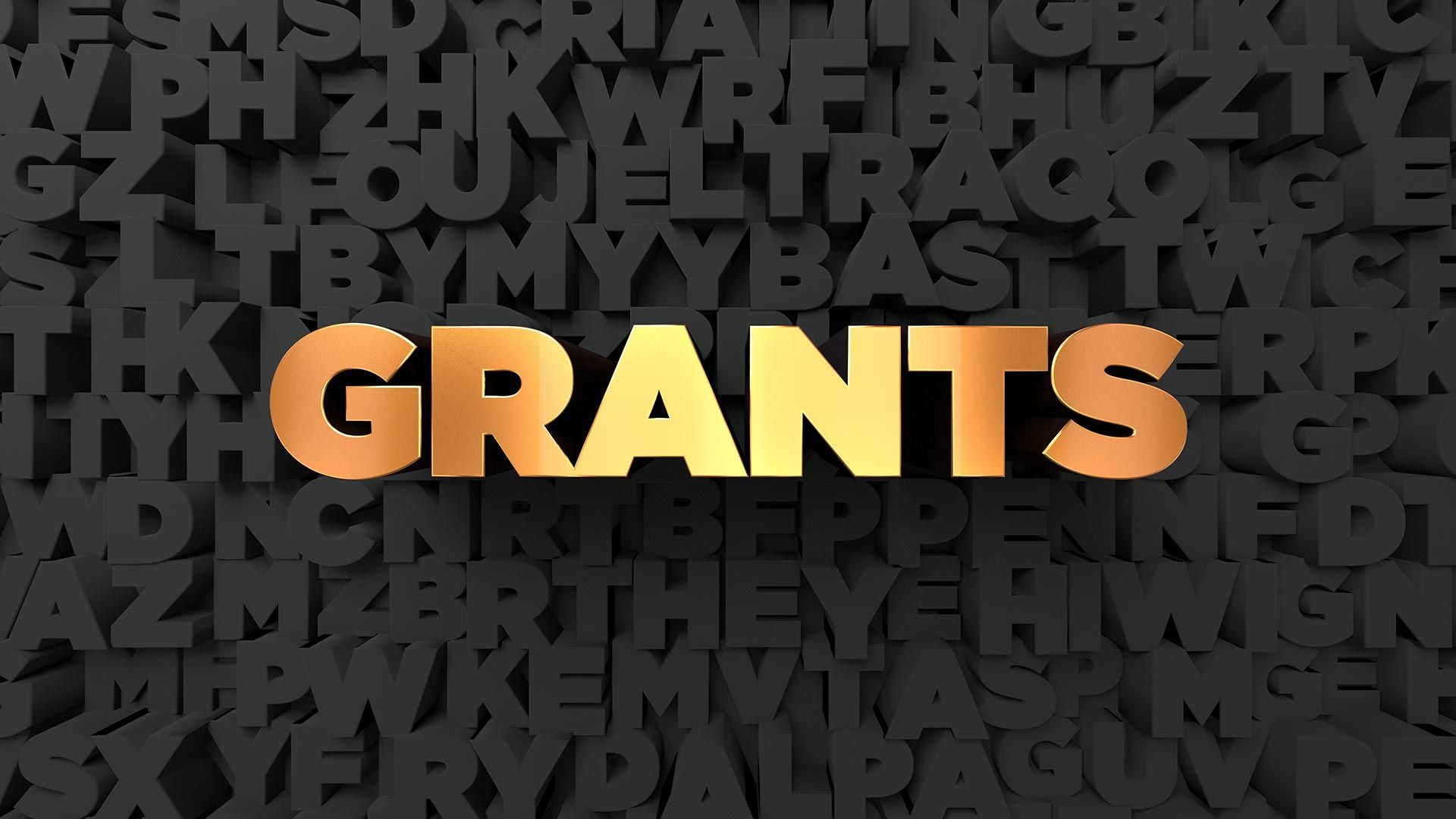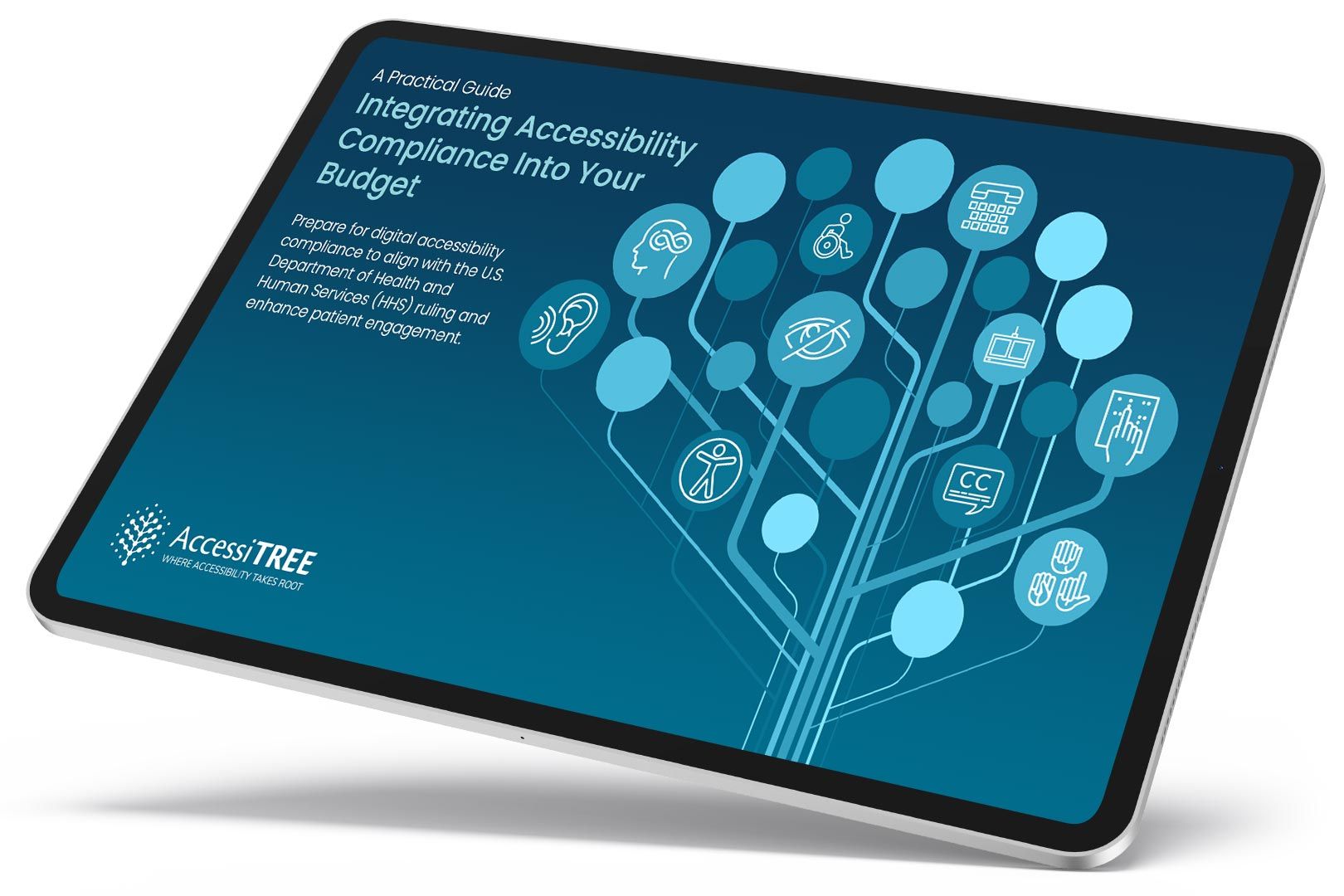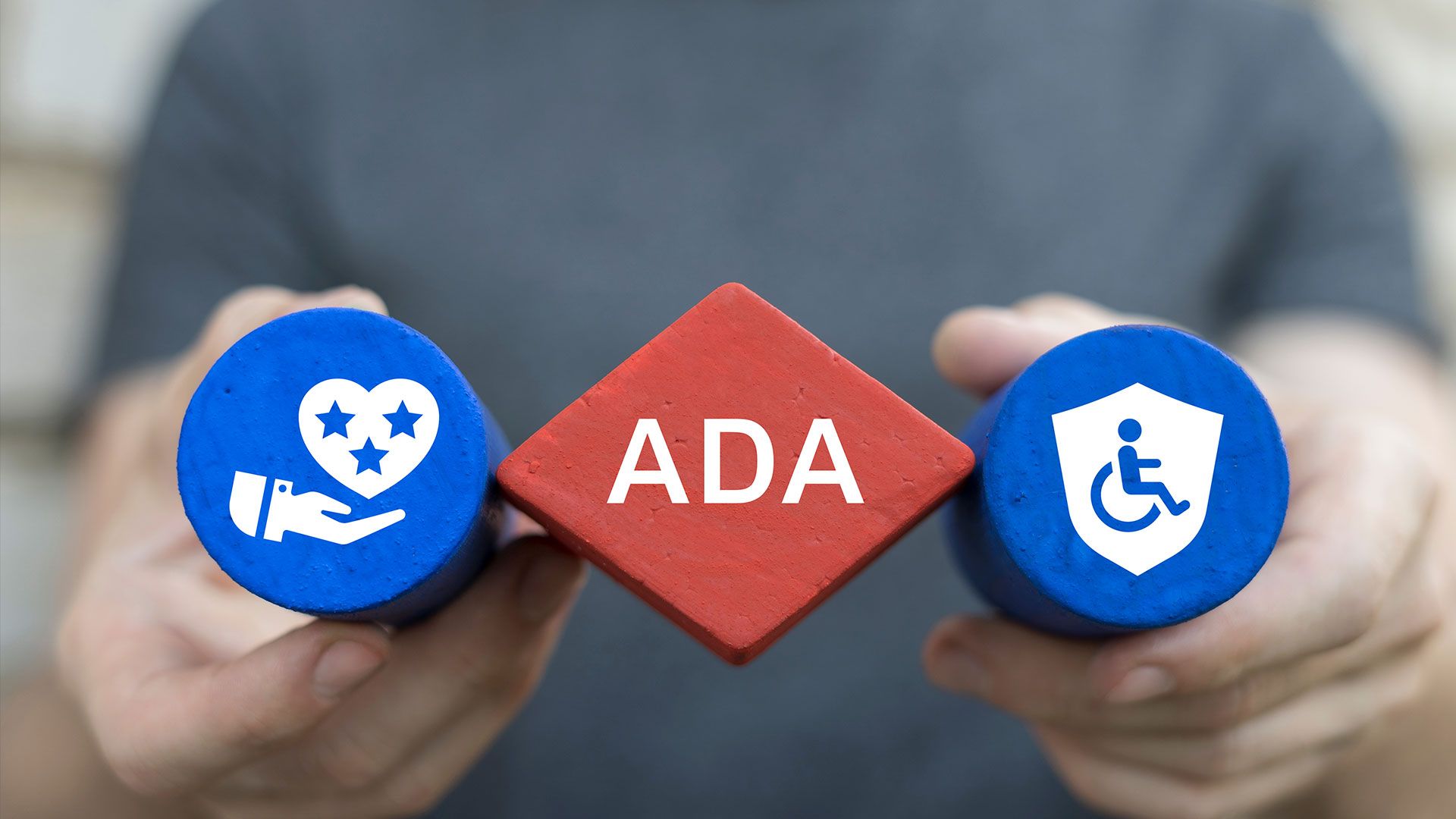
Grant Programs Supporting Accessibility Remediation
Creating accessible digital content is more than a legal requirement; it’s a crucial step toward inclusivity. For organizations and healthcare providers, ensuring that digital assets, such as websites and applications, meet accessibility standards can be a costly process. Fortunately, several grants and funding programs are available to support these initiatives, making it possible for organizations to pursue digital accessibility remediation without overwhelming financial strain.
Grants and Programs
Below, we’ve highlighted key grant programs and funding opportunities that offer financial support for accessibility remediation, focusing on healthcare providers, rural health centers, public service providers, and other organizations committed to digital inclusion. Where available, we’ve included links to further information.
1. HRSA Health Center Program Grants
- The Health Resources and Services Administration (HRSA) offers grants through the Health Center Program to support Federally Qualified Health Centers (FQHCs) and similar organizations. These grants can be applied to improve digital infrastructure, which includes enhancements for accessibility. Eligible organizations can use the funds for accessible websites, patient portals, and telehealth applications, meeting federal accessibility standards.
2. Substance Abuse and Mental Health Services Administration (SAMHSA) Grants
- SAMHSA provides grants aimed at improving mental health services, including digital access. For mental health providers and organizations that provide online resources, SAMHSA grants can support digital accessibility improvements to ensure that those with disabilities can access necessary mental health information and telehealth services.
3. Telehealth Network Grant Program (TNGP)
https://www.hrsa.gov/grants/find-funding/hrsa-20-036
- For healthcare providers in underserved and rural communities, the TNGP, offered by HRSA, funds telehealth services expansion. This includes making telemedicine platforms and resources accessible for patients with disabilities. Grants from TNGP can be used to integrate accessibility features, such as screen readers and keyboard navigation, making digital telehealth resources inclusive.
4. Community Health Access and Rural Transformation (CHART) Model
https://innovation.cms.gov/innovation-models/chart-model
- The CHART model, funded by the Centers for Medicare & Medicaid Services (CMS), is designed to transform rural health. Part of this transformation includes improving digital access to healthcare services, including accessibility remediation for web content. CHART funding can be used to enhance accessibility for digital health information, expanding access for all patients, regardless of ability.
5. Public Health Emergency Preparedness (PHEP) Cooperative Agreement
https://www.cdc.gov/cpr/readiness/phep.htm
- This cooperative agreement, administered by the CDC, provides funding to local health departments to prepare for public health emergencies. With the growing importance of online communication in emergencies, these funds may be applied to ensure digital platforms are accessible. Accessible emergency communications are especially critical, making digital remediation an essential aspect of emergency preparedness.
6. Aging and Disability Resource Center (ADRC) Grants
https://acl.gov/programs/aging-and-disability-networks/aging-and-disability-resource-centers
- ADRC grants are designed to help older adults and people with disabilities access healthcare and related services. Funds may be applied to improve the digital accessibility of information provided by healthcare providers, ensuring older adults and people with disabilities can easily access online resources.
7. Assistive Technology Act Programs
https://acl.gov/programs/assistive-technology/assistive-technology
- Funded by the Department of Health and Human Services (HHS), the Assistive Technology Act offers funding to each state to promote assistive technology, including accessible digital tools and remediation services. These programs often have sub-grants available to public organizations and healthcare providers seeking to implement accessible technology and services.
8. State and Local Government ADA Compliance Grants
(Varies by state; generally found through each state’s ADA compliance office or equivalent department)
- Several states offer grants to help organizations comply with the Americans with Disabilities Act (ADA). This funding can cover digital accessibility remediation for healthcare providers, public health agencies, and other organizations. Availability and eligibility vary by state, so interested organizations should check with their state’s ADA compliance office.
9. Rural Health Care Telecommunications Program (FCC)
https://www.usac.org/rural-health-care/rhc-pilot-program/
- Managed by the FCC, this program offers funds to rural healthcare providers for telecommunications services, including telemedicine platforms. As digital healthcare access becomes more critical, this program can help rural providers afford accessibility improvements, ensuring that all patients, regardless of location or ability, can access telehealth services.
10. Department of Education’s Rehabilitation Services Administration (RSA) Grants
- These grants, administered by the Department of Education, support initiatives to improve accessibility for individuals with disabilities in educational and vocational contexts. Eligible recipients include public organizations, non-profits, and educational institutions that offer services or training to individuals with disabilities. Healthcare organizations that provide training or informational content may also qualify if their work aligns with RSA’s mission.
Grants and Programs by Organization Type
Here’s a breakdown of the grants and funding programs categorized by eligibility for non-profits, healthcare organizations, and public organizations:
1. Non-Profits
These grants are generally available for non-profit organizations, particularly those serving specific community needs or working with underserved populations.
- HRSA Health Center Program Grants
- Substance Abuse and Mental Health Services Administration (SAMHSA) Grants
- Public Health Emergency Preparedness (PHEP) Cooperative Agreement
- Aging and Disability Resource Center (ADRC) Grants
- Assistive Technology Act Programs
- State and Local Government ADA Compliance Grants
2. Healthcare Organizations
Healthcare providers, including hospitals, rural health clinics, mental health providers, and telehealth service providers, can access these grants to support accessibility and digital health initiatives.
- HRSA Health Center Program Grants
- Substance Abuse and Mental Health Services Administration (SAMHSA) Grants
- Telehealth Network Grant Program (TNGP)
- Community Health Access and Rural Transformation (CHART) Model
- Public Health Emergency Preparedness (PHEP) Cooperative Agreement
- Aging and Disability Resource Center (ADRC) Grants
- Rural Health Care Telecommunications Program (FCC)
- State and Local Government ADA Compliance Grants
3. Public Organizations
These grants are accessible to public agencies, health departments, and state programs involved in public health, emergency preparedness, and digital accessibility.
- HRSA Health Center Program Grants
- Substance Abuse and Mental Health Services Administration (SAMHSA) Grants
- Telehealth Network Grant Program (TNGP)
- Community Health Access and Rural Transformation (CHART) Model
- Public Health Emergency Preparedness (PHEP) Cooperative Agreement
- Aging and Disability Resource Center (ADRC) Grants
- Assistive Technology Act Programs
- State and Local Government ADA Compliance Grants
- Department of Education’s Rehabilitation Services Administration (RSA) Grants
While several grants and funding programs can support digital accessibility remediation, it’s essential to thoroughly verify the specific coverage and eligibility of each funding source. Funding guidelines and eligibility criteria can vary widely, and individual grant requirements may not explicitly cover digital accessibility. We strongly encourage you to consult directly with a grant representative or legal counsel before relying on a particular program for accessibility funding. They can clarify specific inclusions, exclusions, and compliance obligations, ensuring alignment with both program terms and legal standards.
Given the complexity of grant language and the potential for variations in interpretation, working with knowledgeable advisors can provide critical insights. Legal or grant specialists can help you accurately interpret the scope of funding, making sure your accessibility initiatives align with funding provisions and your organization’s compliance needs.

